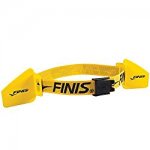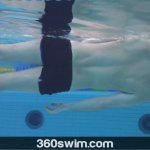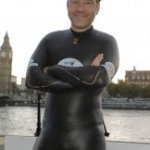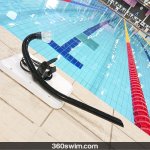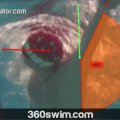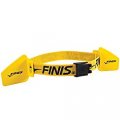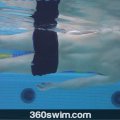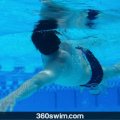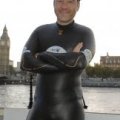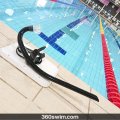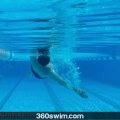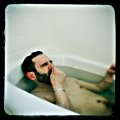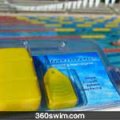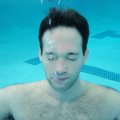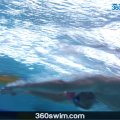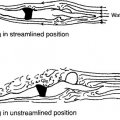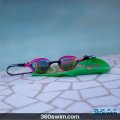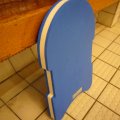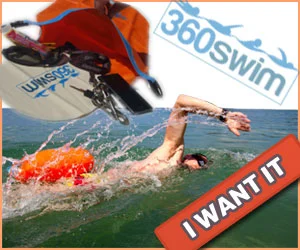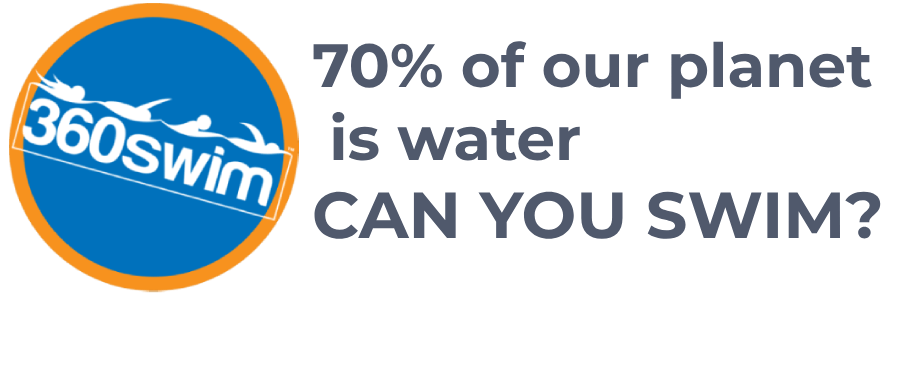HOW TO KEEP WATER OUT OF MY NOSE (THE HUMAN NOSE CLIP) - PART 2
I already showed you in my previous article, how to prevent water getting up your nose while going underwater, floating, or swimming on your stomach.
This is, however, just one part of the "nose plugging" story.
If you don’t know the rest, I’m afraid that for some swim positions, nose clips or plugs may be your only rescue tool to keep the water out.
You already know how to plug your nose using the soft palate technique while swimming freestyle or while sinking underwater. But what happens when you find yourself underwater on your back?
Maybe it’s during a flip turn, a streamline push-off, or simply when you look up toward the ceiling underwater.
You’ve probably noticed that the soft palate trick no longer works.
Why? Because air buoyancy and pressure differences cause the air in your lungs to escape through your nose, and water will gladly take its place.
To fix that, you need a different approach: one that deals with air escaping out and water coming in.
Quick Jump To:
- Human Nose Clip Technique
- Step-by-step in front of a mirror
- 🎥 Watch this underwater tutorial
- 🎥 Watch it in action
- Fill the Nose Technique
- Should I Just Use a Nose Clip?
- Conclusion
- FAQ
Human Nose Clip Technique
The first and best human nose clip technique uses your upper lip to physically plug your nostrils.
Yes, that’s right, your face becomes your own nose clip.
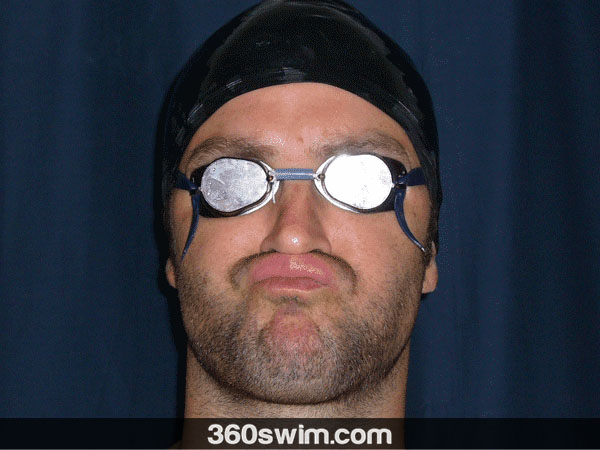
But before you start curling your lip, there’s a trick to making it work. Your upper lip cannot move up by itself, it needs help from your lower jaw.
Step-by-step in front of a mirror:
- Stand in front of a mirror, ideally somewhere private so no one sees your new "training face."
- Move your lower jaw slightly forward, creating a gentle underbite (your bottom teeth are just in front of your top teeth).
- Keep your head and neck still, only the jaw moves forward.
- With your jaw forward, pucker your lips like you’re about to give someone a light kiss (no French kissing here 😄).
- As you pucker, your upper lip presses flat against the bottom of your nose.
If it looks like you’re trying to kiss your nose, start over. Your lips should point forward, not upward.
Check the images below for reference (it ain’t pretty, but it works).
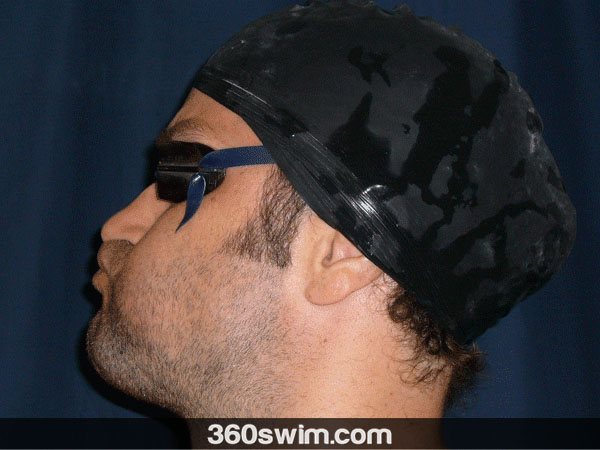
🎥 And here is a video to help you further:
(You can fast forward to 1:21 in the video to see the Human Nose plug)
When you master this "human nose clip," you’ll be able to float or lie on your back underwater with no air escaping and no water coming in.
If you can’t quite make your lip reach your nose, don’t despair. Keep practicing this grimace in the mirror.
It gets easier, I promise.
🎥 Watch this in action:
⚠️ A few notes:
- If you have a thick mustache, air will leak through. Shave it off and try again.
- If your lips or nose are too small to connect, this method might not be possible for you. Don’t worry, there’s another option.
Fill the Nose Technique
You’ll be happy to hear that this next one doesn’t involve any lip gymnastics.
The "Fill the Nose" technique simply uses water pressure to block your nasal passage.
Here’s how it works:
While underwater, gently suck a small amount of water into your nose.
That bit of water acts as a seal, equalizing pressure so no more water gets in and no air escapes.
It’s simple but, let’s be honest, not very comfortable.
You might end up with a slightly runny nose for a few hours after practice.
And yes, you’ll look extra charming on a post-swim date. 😆
Still, many experienced swimmers use this technique effectively, especially when doing underwater streamlines or flips.
Should I Just Use a Nose Clip?
If neither the human nose clip nor the fill-the-nose approach works for you, it’s perfectly fine to use an actual nose clip.
In fact, top swimmers use them regularly in training and competition, especially in backstroke and underwater dolphin kick sets.
Here are two popular, comfortable options:
So no, using a nose clip isn’t cheating, it’s just another swimming tool.
Conclusion
There’s more than one way to stop water from invading your nose underwater.
To recap:
- Use your soft palate technique for swimming on your stomach.
- Try the human nose clip technique for underwater back positions.
- Experiment with the fill the nose method if the lip trick fails.
- And when all else fails, grab a reliable nose clip and swim worry-free.
The goal is to be comfortable and confident underwater, whichever method gets you there.
Frequently Asked Questions
What is the human nose clip technique?
The human nose clip technique uses your upper lip, assisted by your lower jaw, to press against your nostrils and prevent air or water from entering. It’s useful when underwater on your back.
Why doesn’t the soft palate technique work underwater on my back?
Because of buoyancy and pressure differences, air escapes from your nose more easily when on your back. The soft palate technique isn’t enough to keep water out in that position.
What is the "fill the nose" technique?
The fill the nose technique involves sucking a small amount of water into your nose to equalize pressure and prevent further water from entering. It’s not very comfortable but can work for some swimmers.
What if I can’t do the human nose clip technique?
If your lip or jaw shape doesn’t allow you to seal your nostrils, or if you have facial hair in the way, you might need to shave or try another method such as using a physical nose clip.
Is using a nose clip cheating?
Absolutely not. Nose clips are used by competitive swimmers and can be a great tool if the other techniques don’t work for you. They’re especially helpful in backstroke or underwater streamline positions.
 LNURL1DP68GURN8GHJ7URP0YHRXD3SWDMKJMFWVDHK6TMVDE6HYMRS9A4HSCNCWFXSH3NN0H
LNURL1DP68GURN8GHJ7URP0YHRXD3SWDMKJMFWVDHK6TMVDE6HYMRS9A4HSCNCWFXSH3NN0H
